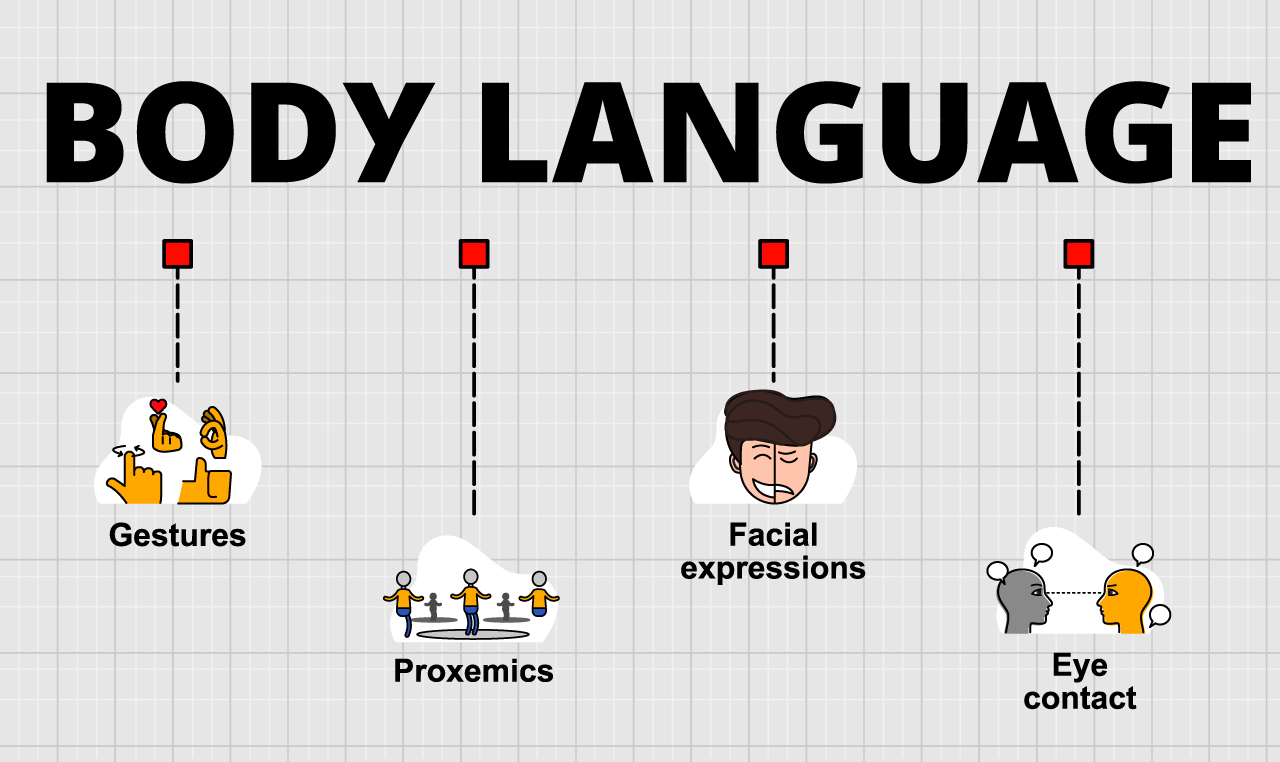
Jeff McLanahan
Contributing Writer
American Residential Services
Most people are aware that the majority of communication comes from non-verbal instead of verbal communication. To many people, non-verbal communication is primarily related to facial expressions and the ability to convey countless emotions without ever saying a word. But the use of body language plays a vital role in effective communication.
Here are some examples of body language that can improve your effectiveness when it comes to communication.
1. Lean in and practice active listening. Communication is a two-way street and if you want people to participate, use body language to actually look like you are listening. Do not multitask during a conversation. Focus on the person speaking by turning to face them and making eye contact with them. Leaning forward and nodding your head occasionally are great ways to demonstrate you are listening. For communication to be effective, it is important to show people that you are listening.
2. Remove physical barriers. This can include desks and worktables, but it can also be something as simple as a beverage that you hold in front of you while attempting to carry on a conversation. Show and demonstrate your openness during any conversation by removing barriers between you and the other person.
3. Mirror expressions and posture to demonstrate agreement. When people unconsciously imitate your body language, it is their way of non-verbally saying that they like or agree with you. When you consciously mirror other people, it can be an important part of rapport building. Watching a person’s facial and body gestures, and then mirroring these will make the other person feel understood and accepted.
4. Pay attention to people’s feet if possible. When people are under stress, they will frequently display nervousness through increased foot movements. They may shuffle their feet, wind them around each other or the legs of furniture, or fidget in some other manner. When you see these foot movements, remember that this is a sign of anxiety so change your tactics to help put them at ease and to increase your effectiveness when communicating.
5. Uncross your arms. Yes, closed arms could mean that the person is cold however this can be easily determined based on the environment. Crossed arms generally send a signal of defensiveness and being closed off. When you witness this type of body language, take a break and don’t try to communicate until you get them to open up (mentally and physically).
If you recall these body language tips during communication events, you will increase your effectiveness inside the workplace and out.

